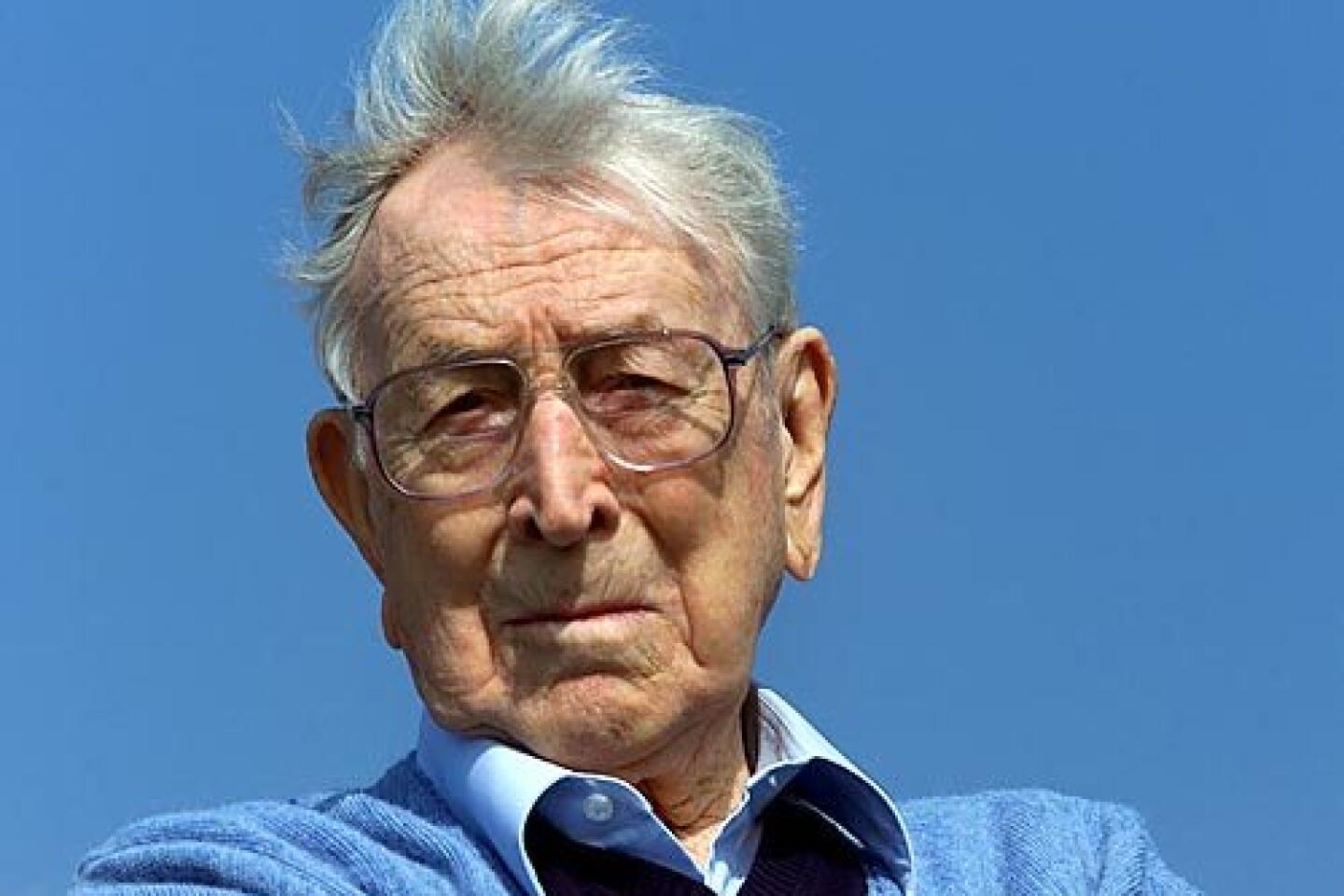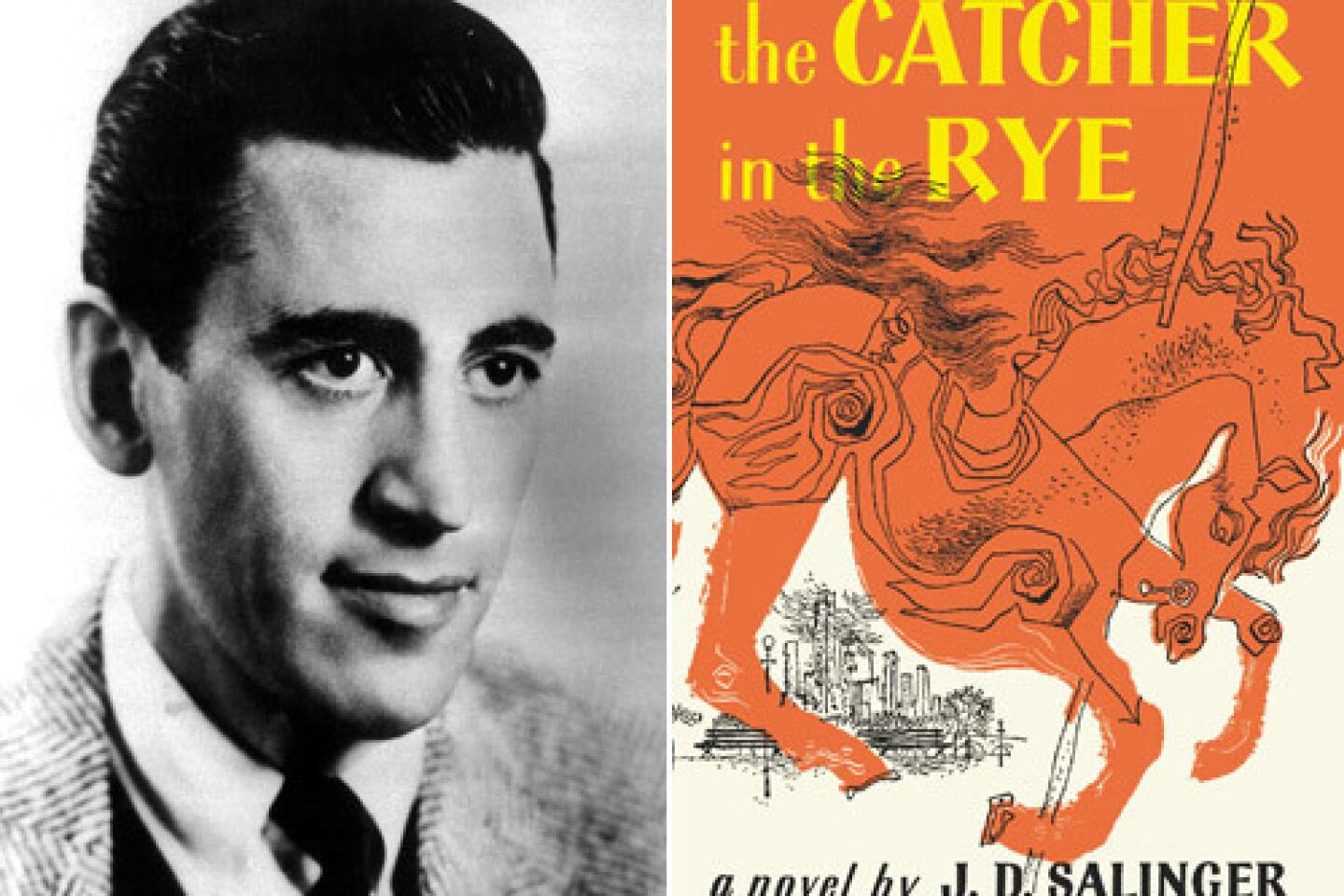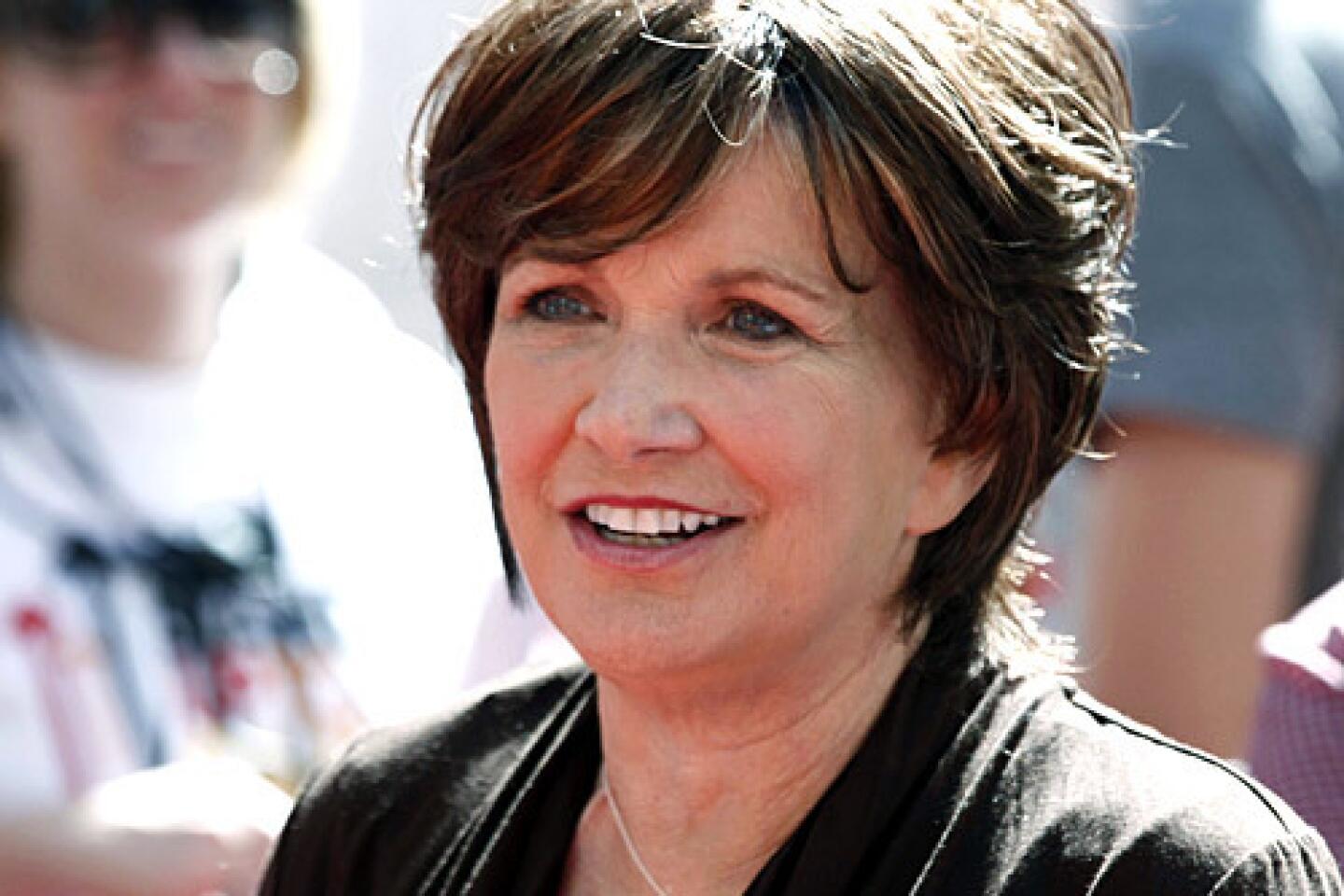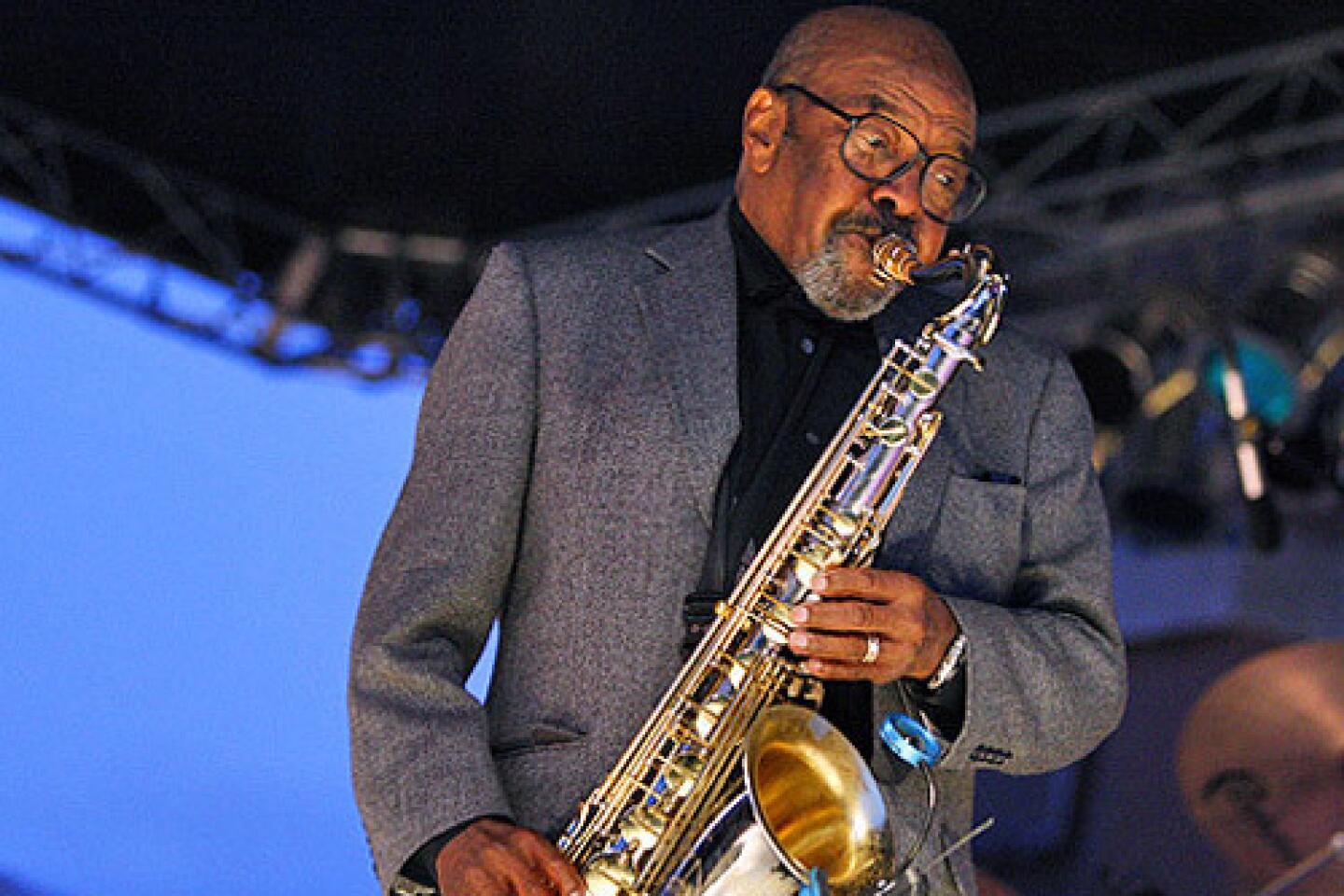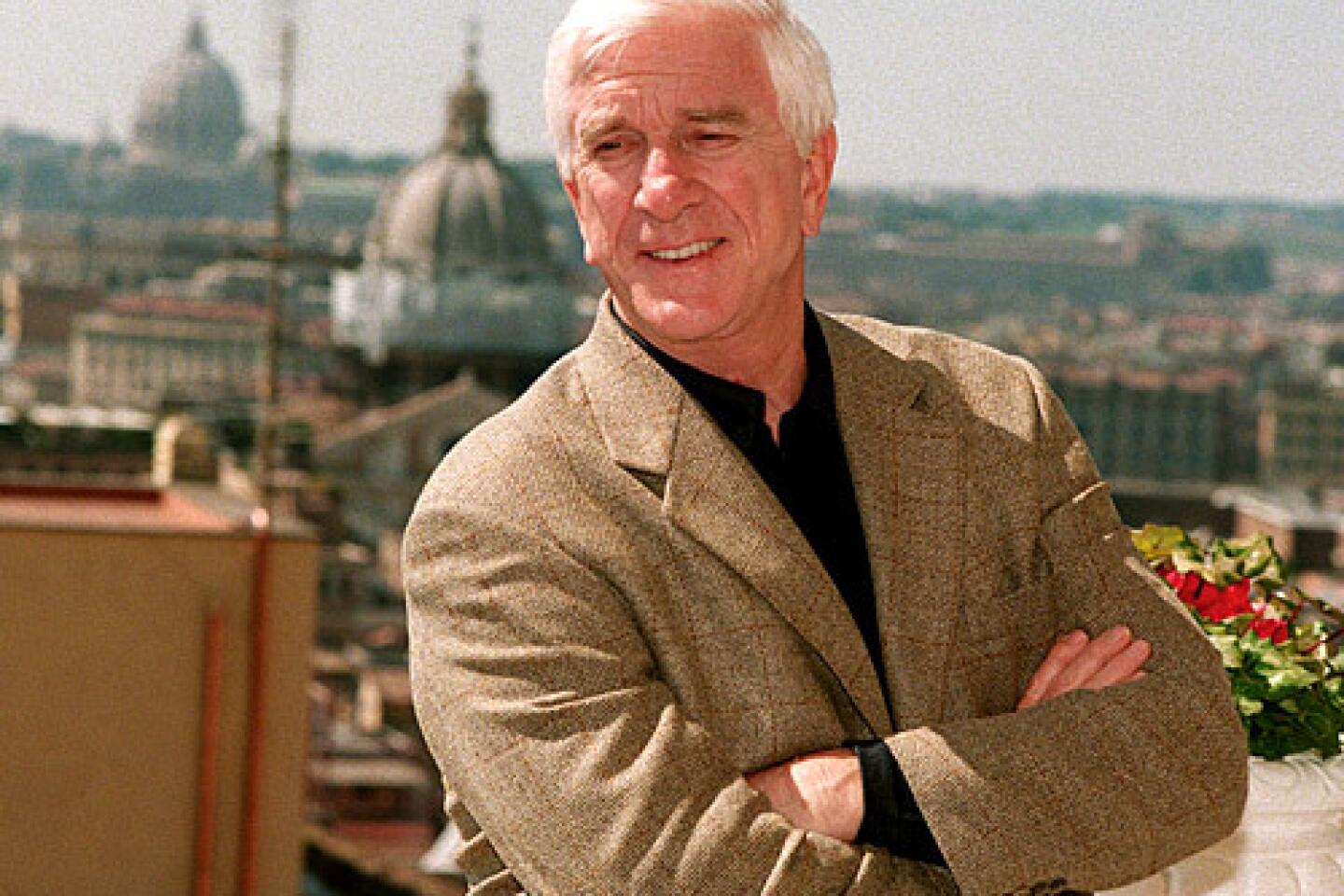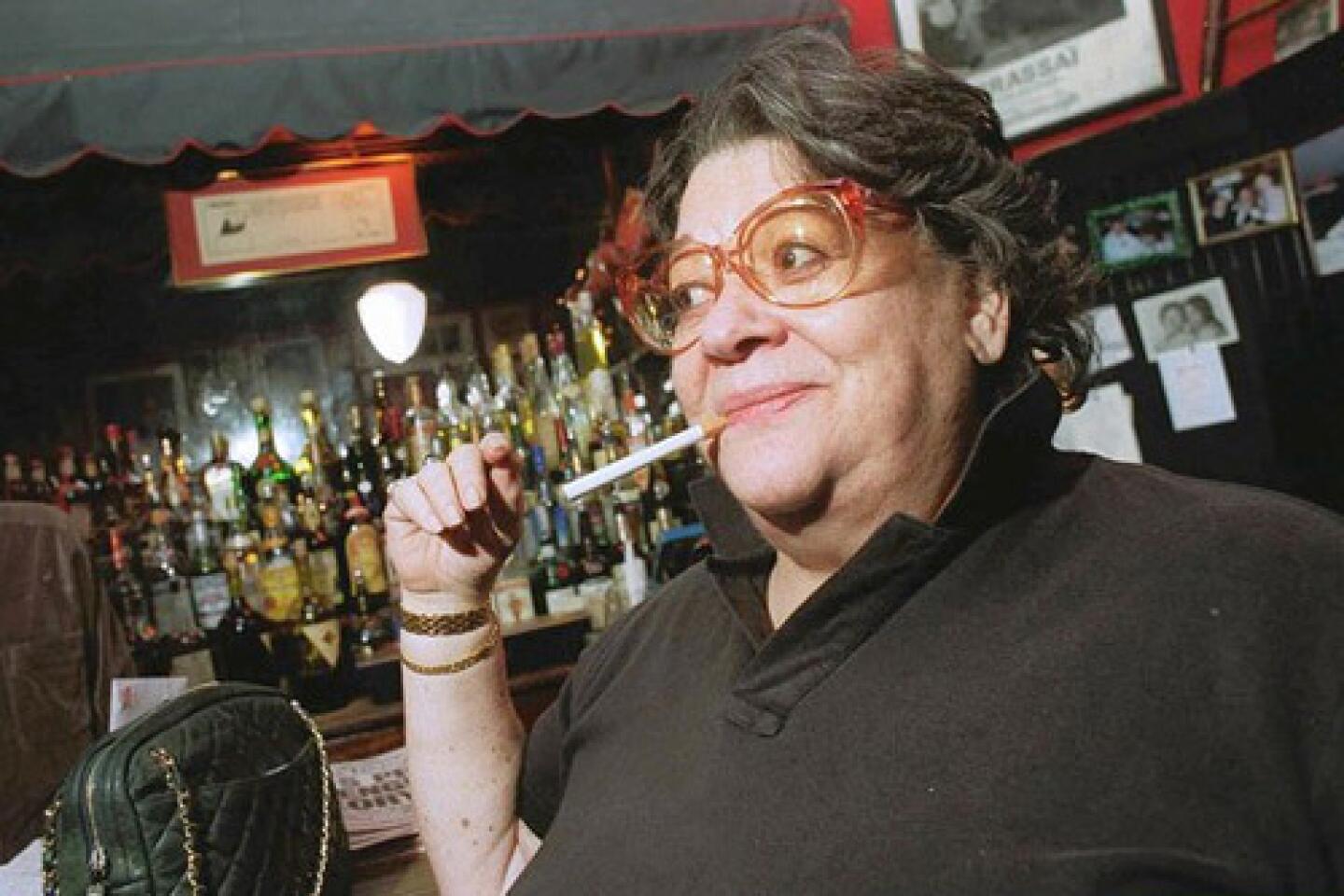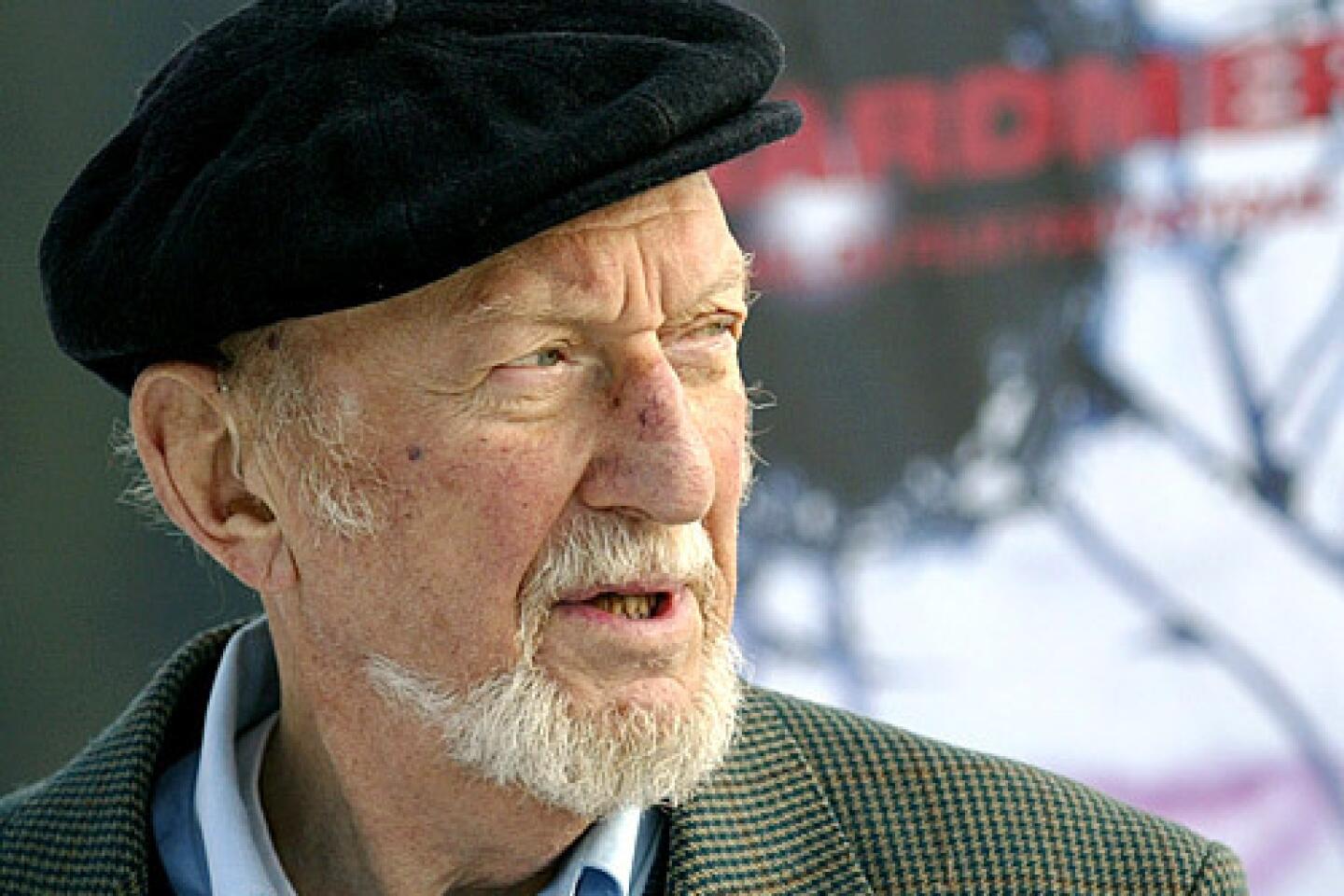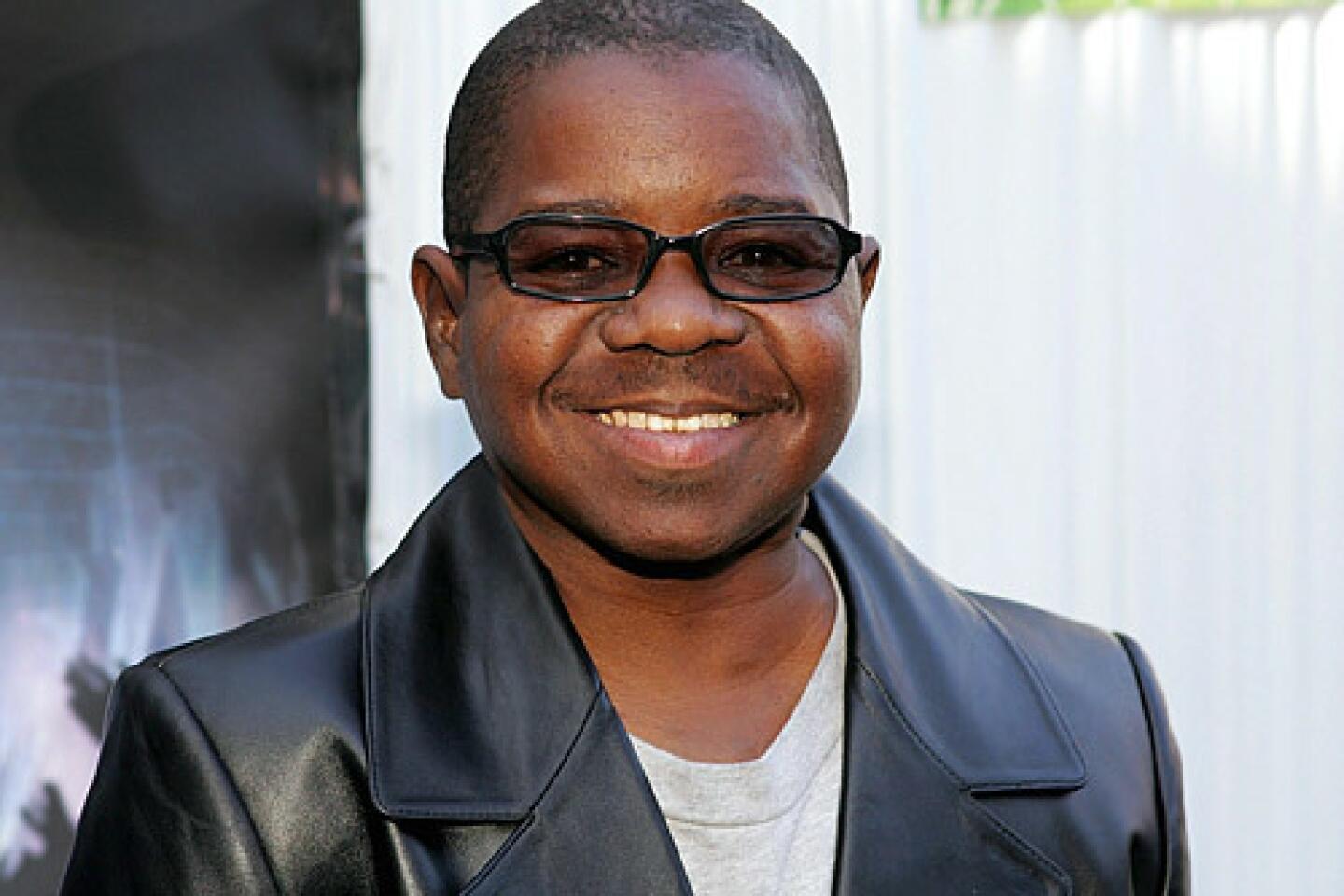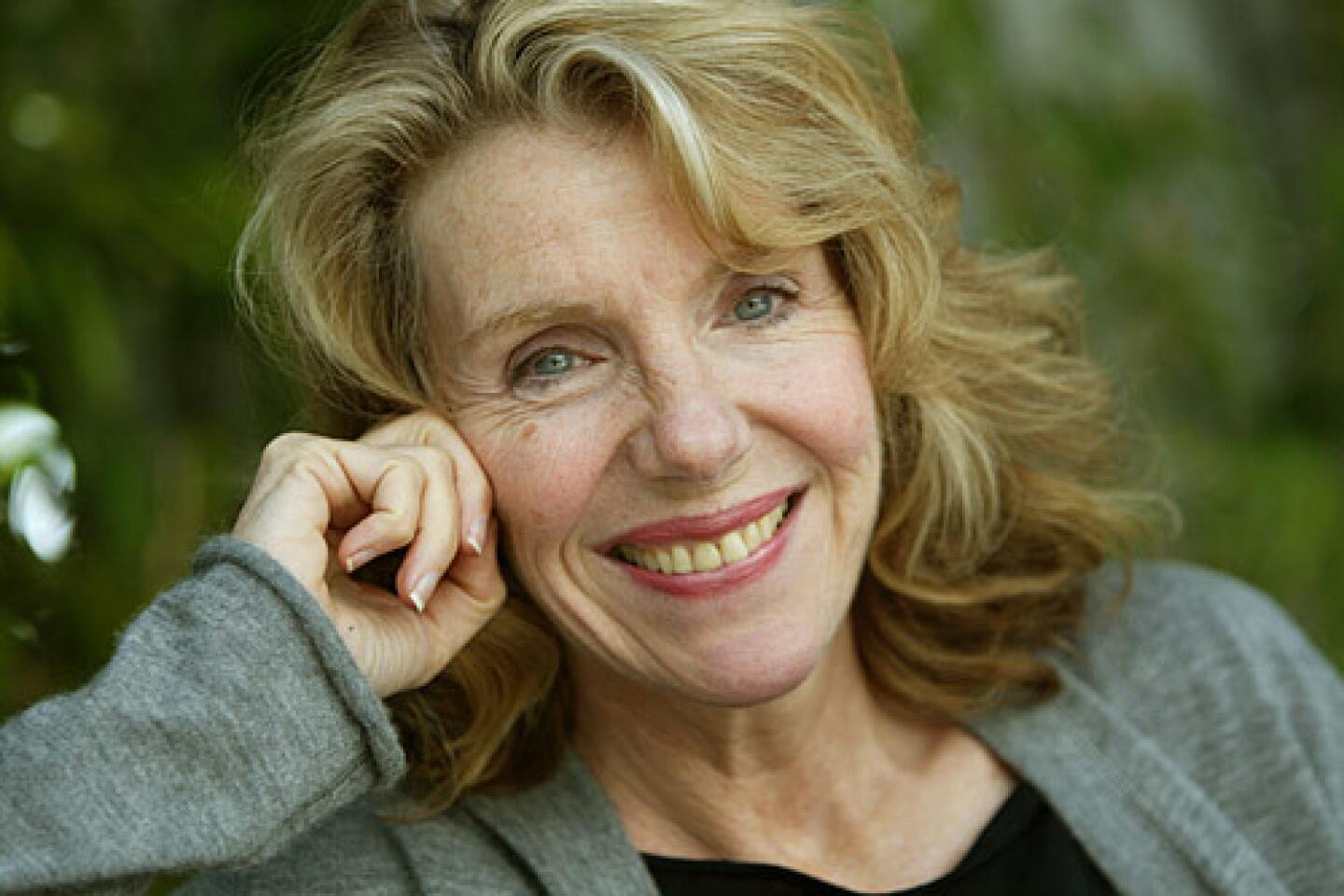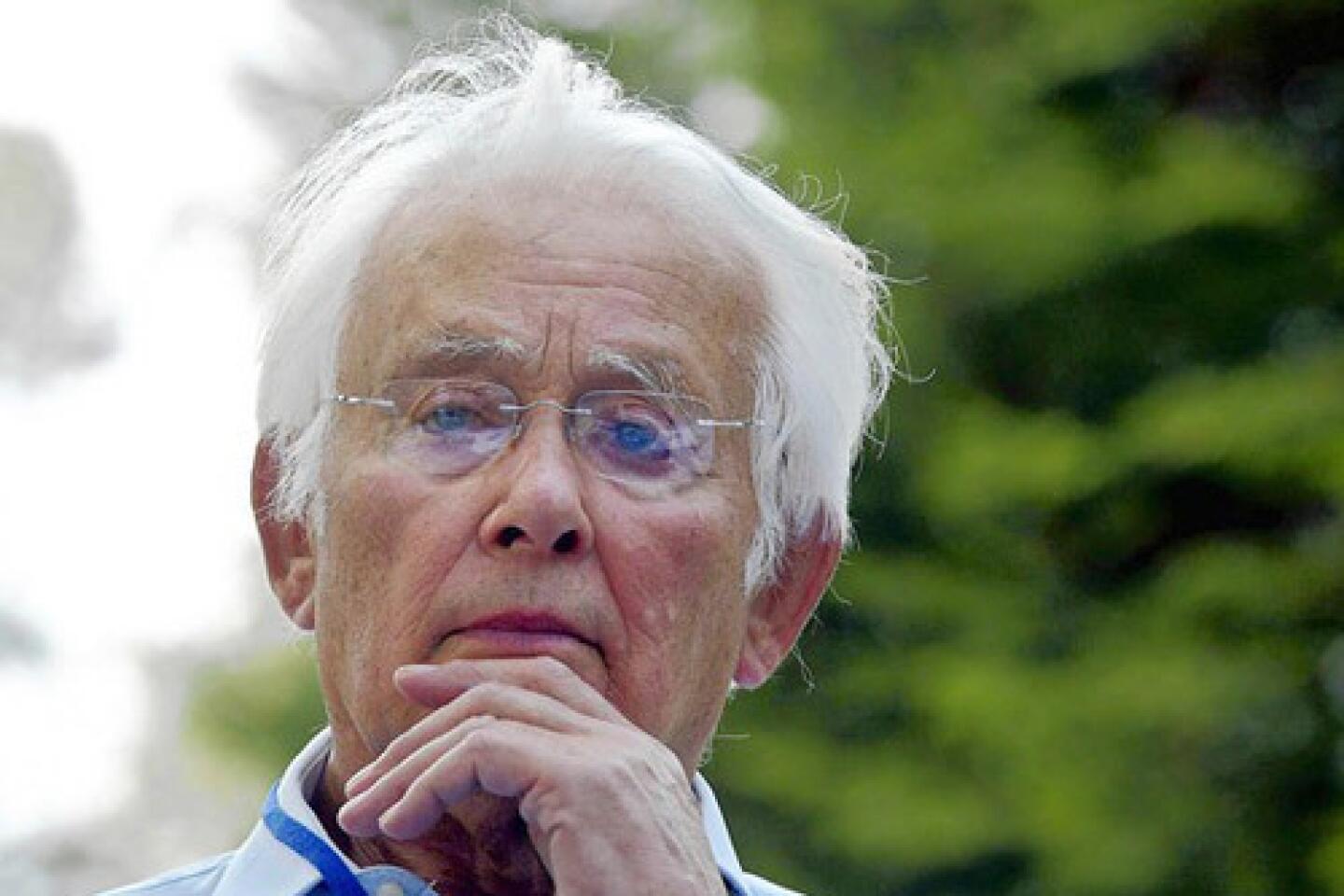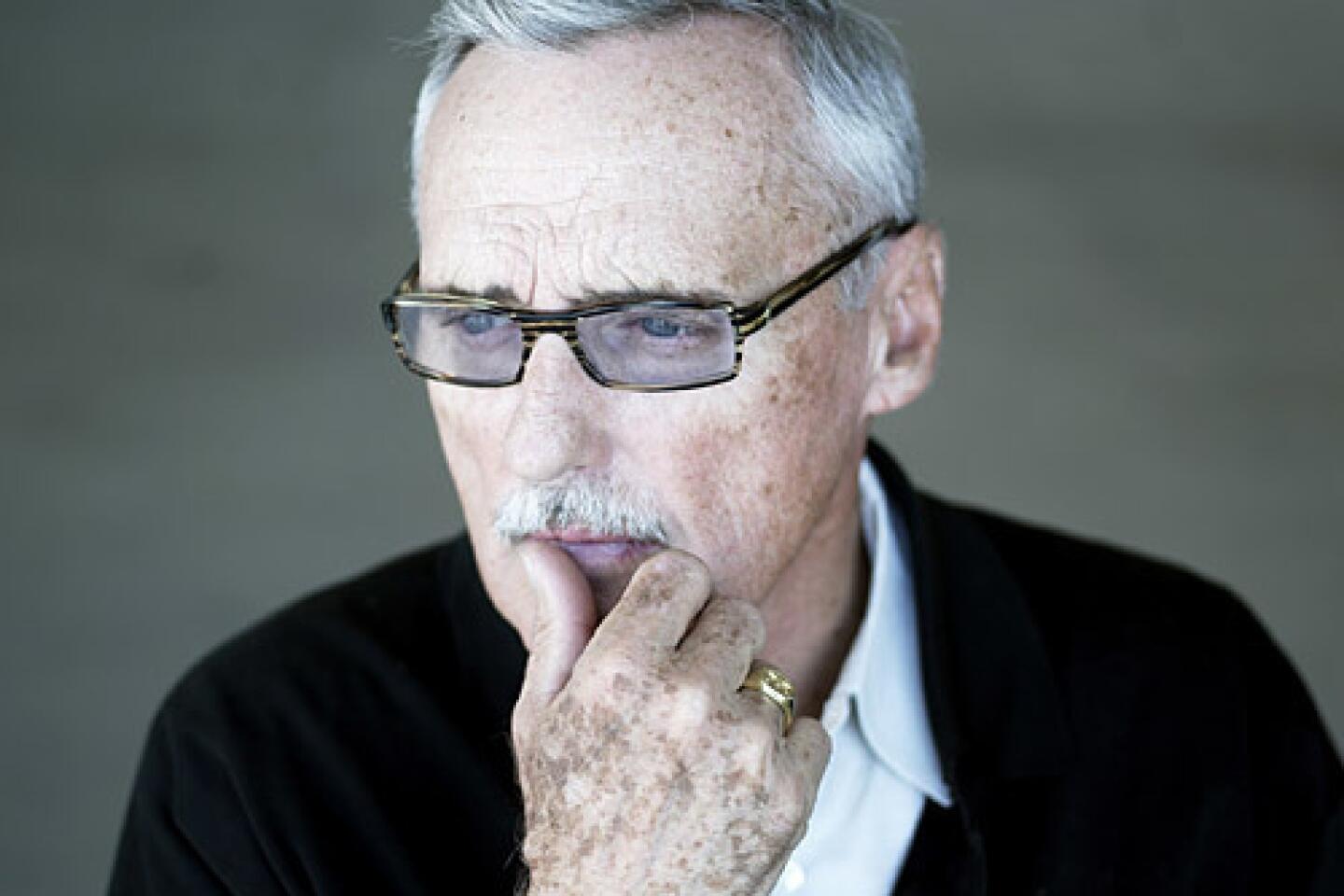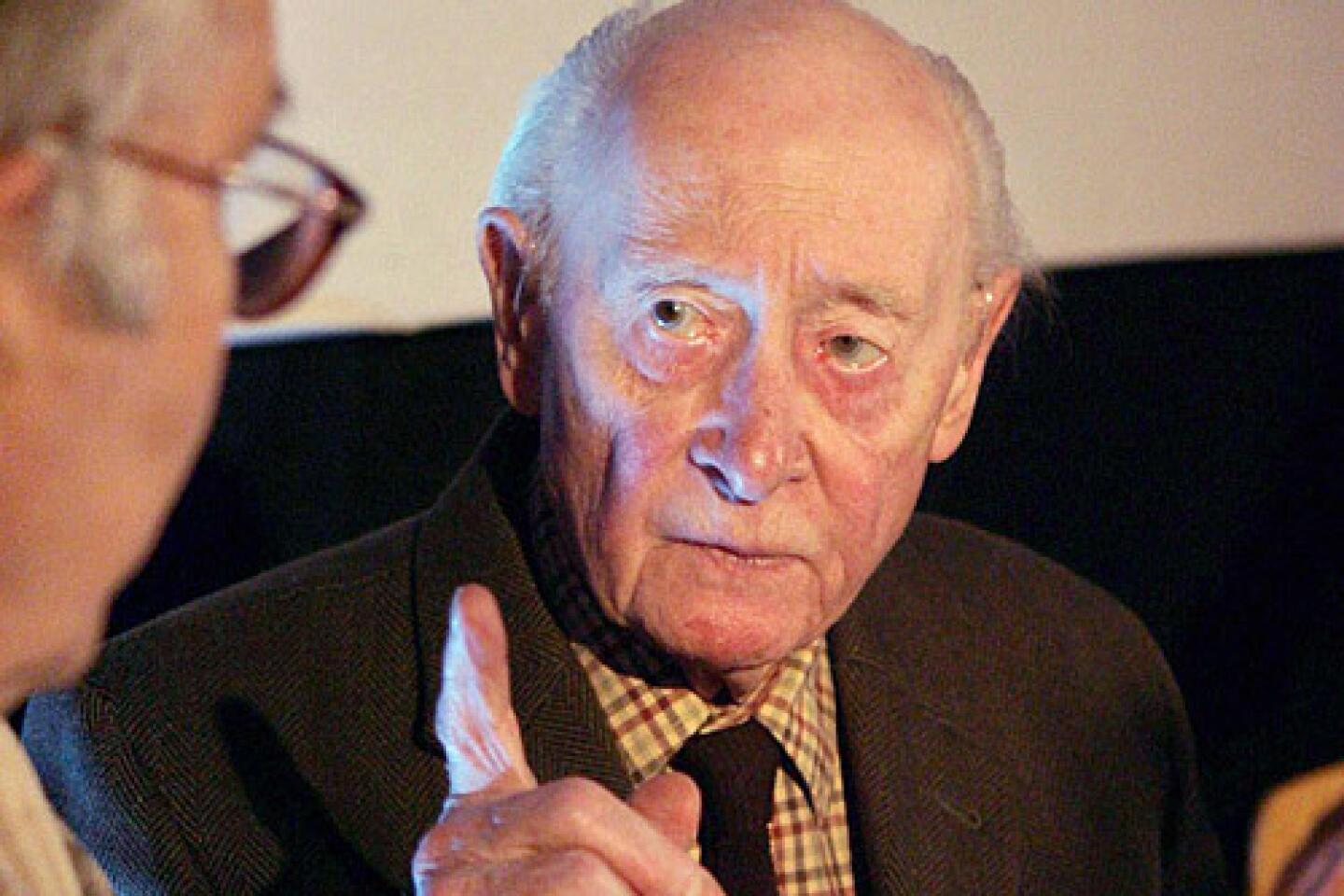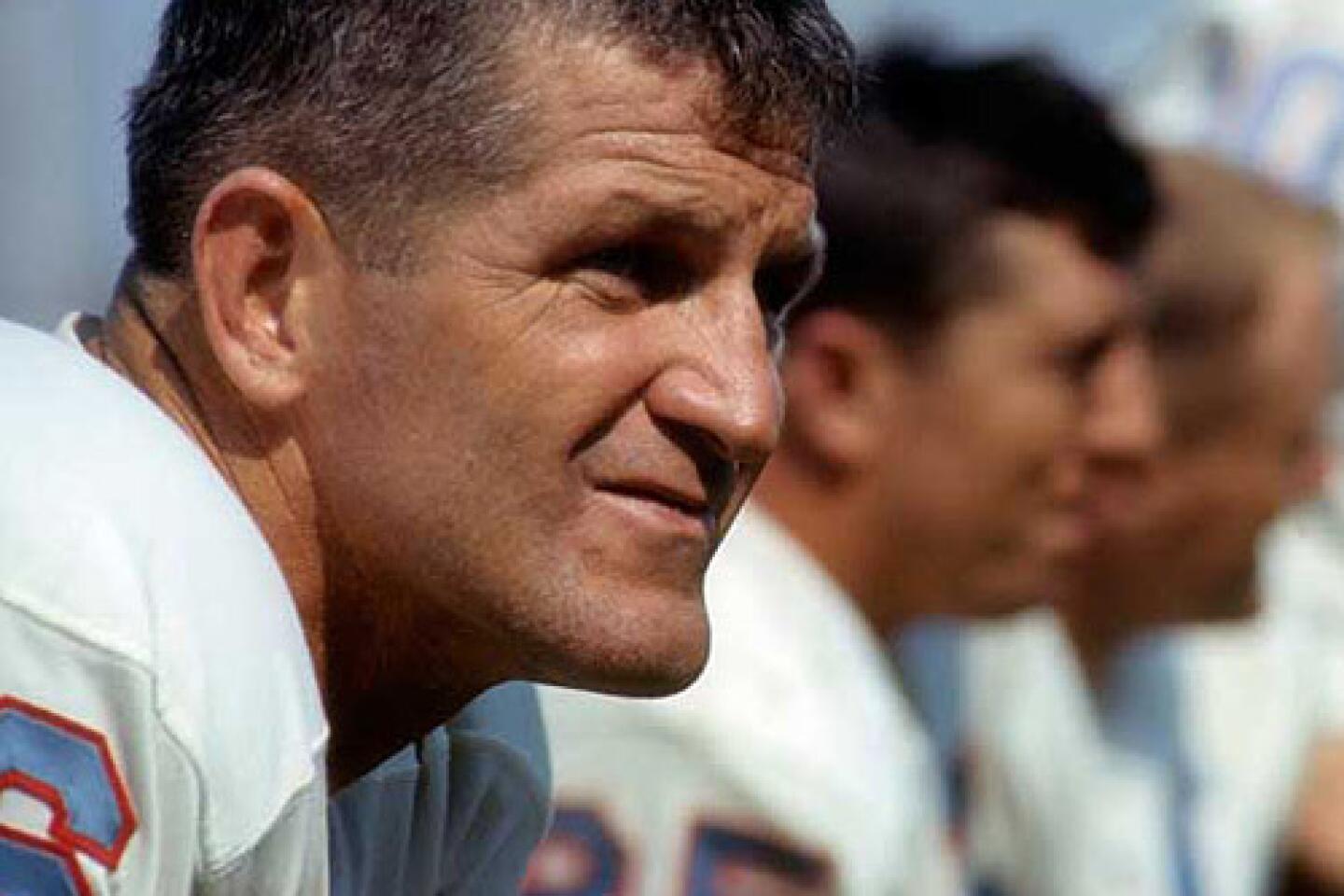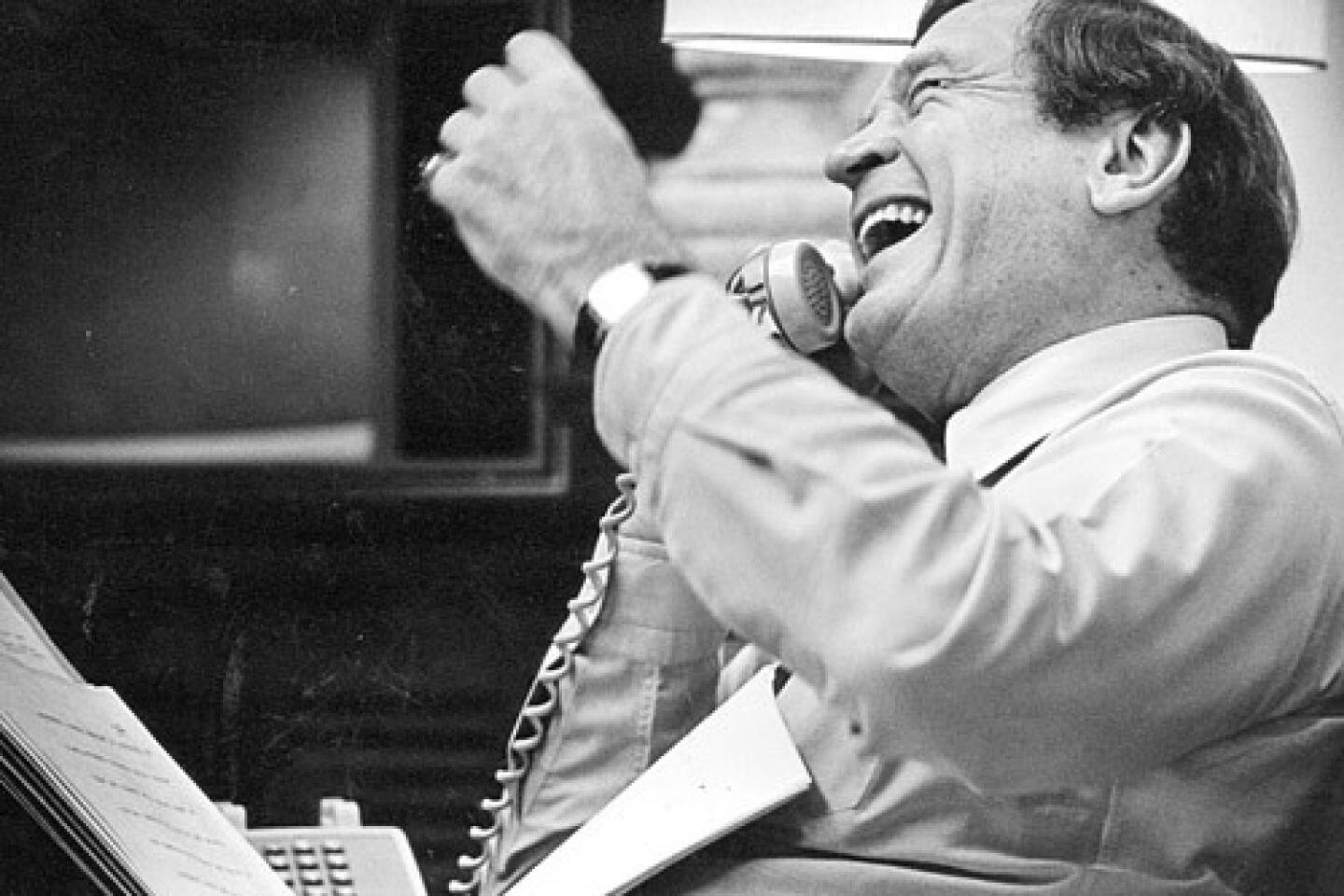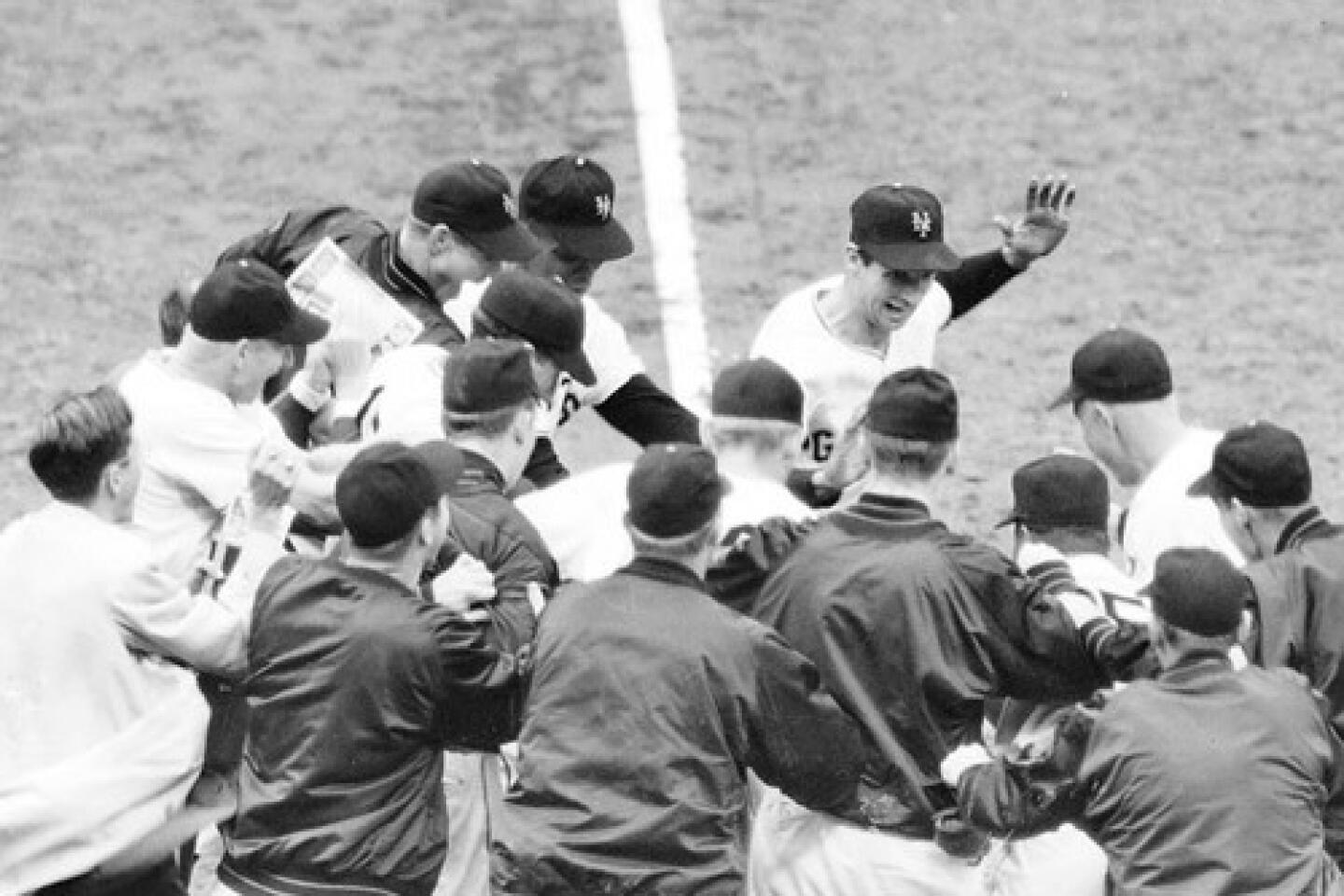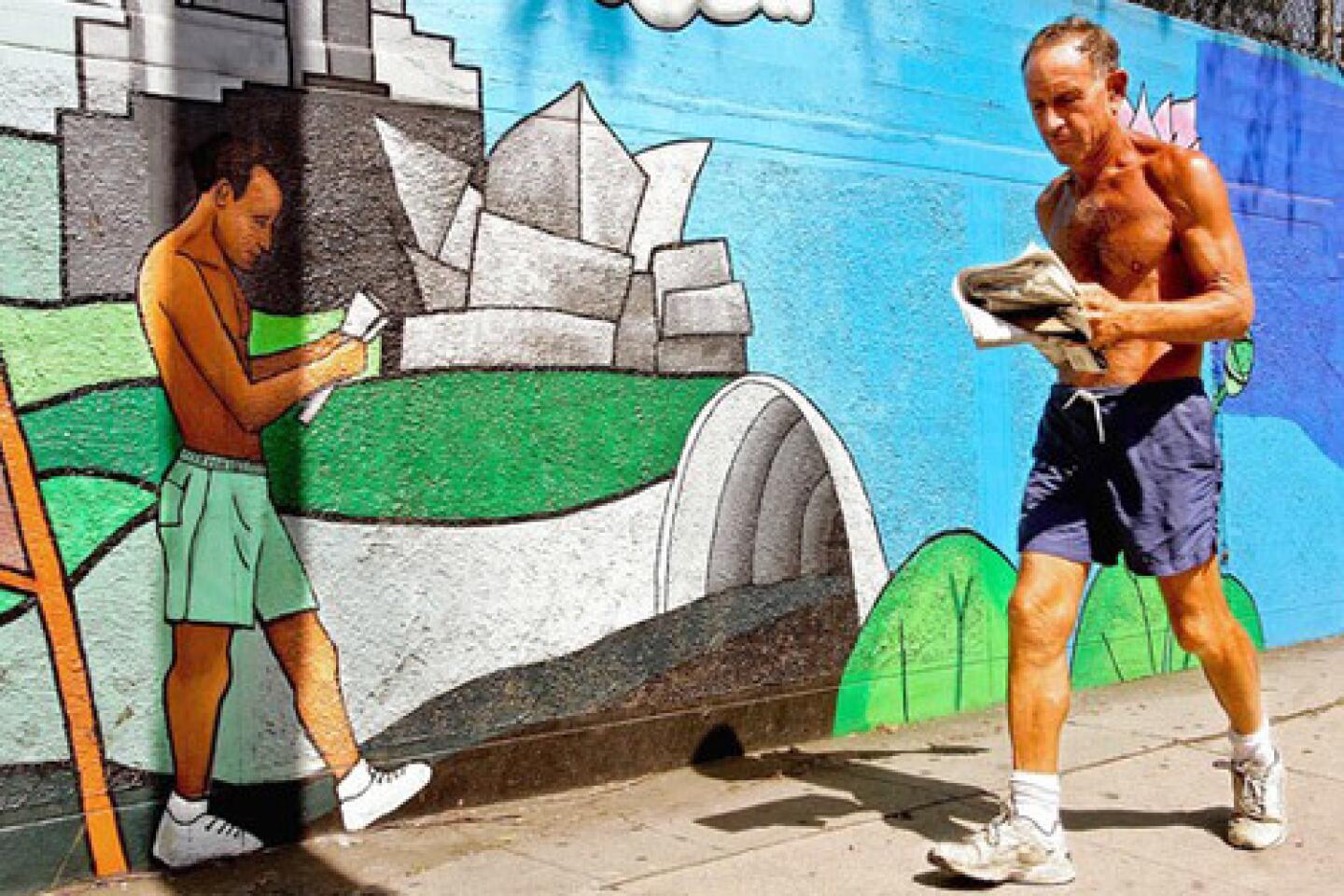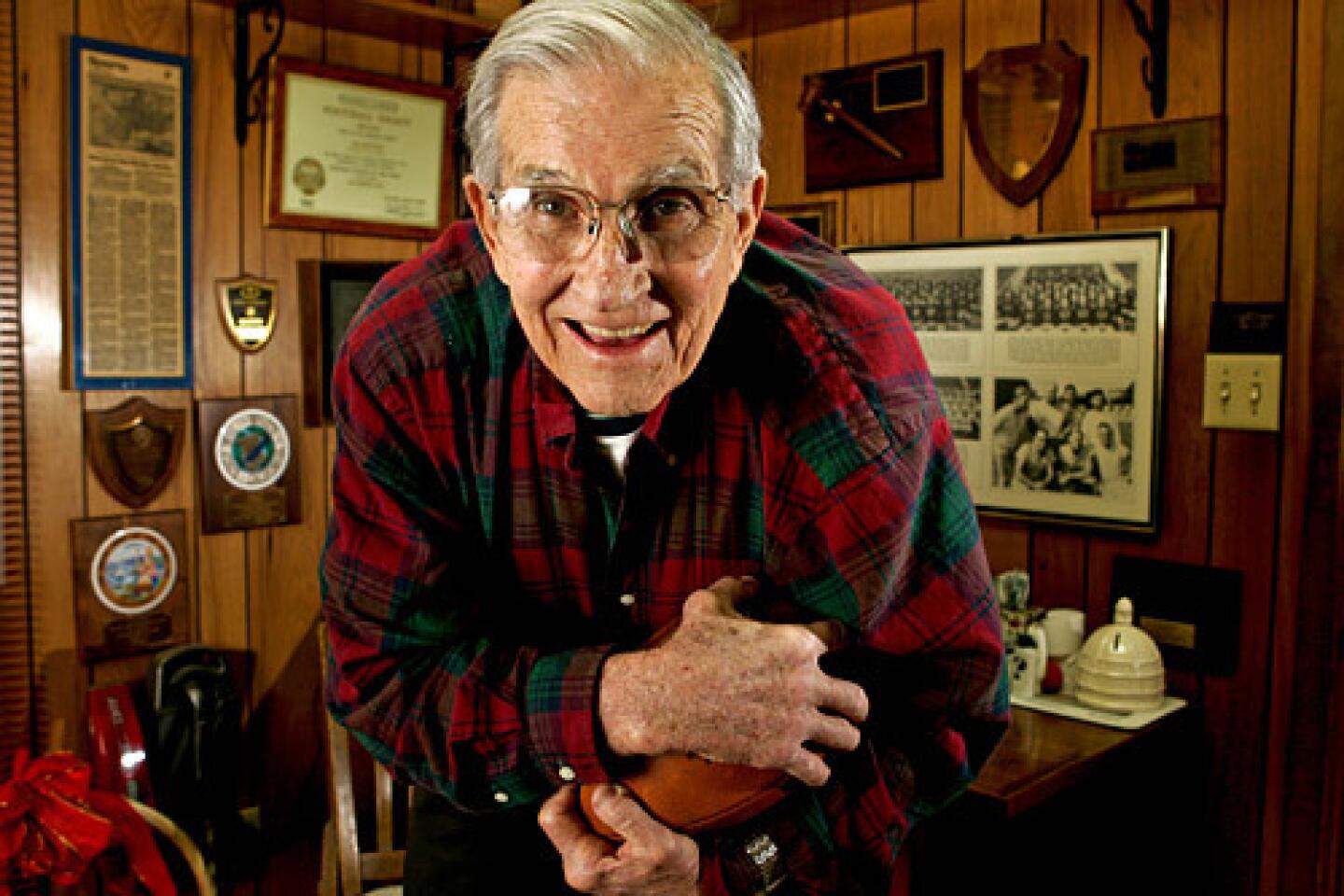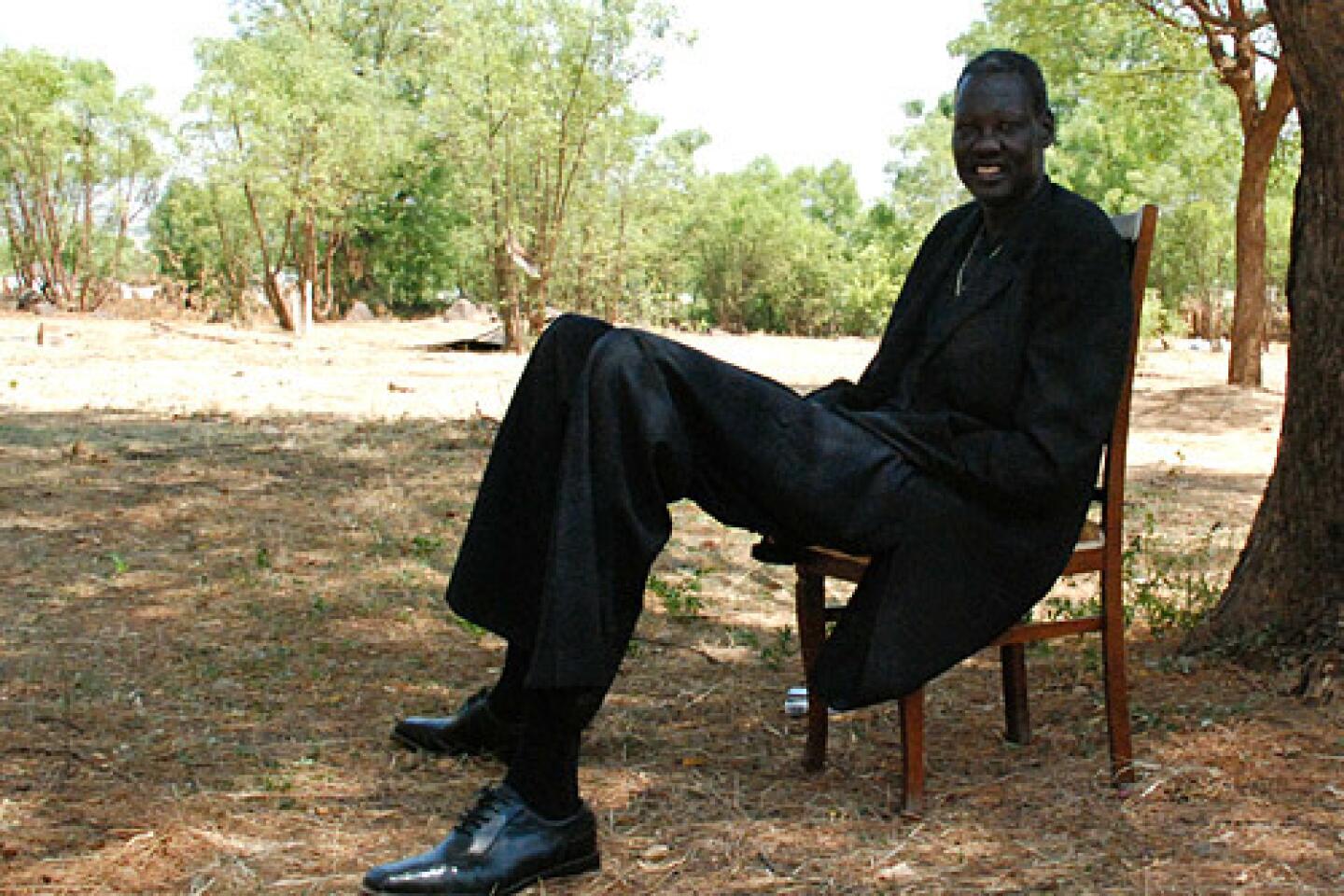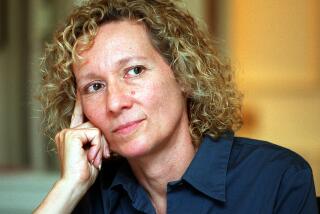Sigmar Polke dies at 69; German artist
Sigmar Polke, a German artist who along with Gerhard Richter launched the Capitalist Realism painting movement in 1963 as a response to pop art, died Thursday in Cologne, Germany. He was 69 and had cancer.
Polke, an influential painter, graphic artist and photographer, was featured in a 2009 exhibit at the Los Angeles County Museum of Art and a 2007 show at the Getty Museum.
Stephanie Barron, curator of modern art at LACMA who included Polke in the 2009 show “Art of Two Germanys/Cold War Cultures,” called him “one the most important painters of the postwar generation and a leader among German artists.”
Born in 1941 in eastern Germany, Polke managed to make his way to the West in 1953, once telling an interviewer that he hopped a train alone at age 12 to cross the border.
“I was raised during the war … and the trauma of that upheaval dominated my childhood,” Polke said in a 1995 Times article. “We were very poor and my family lost everything during the war — our home and our identity. But I’m a believer in luck and think the social conditions you’re born into provide the opportunity for you to prove your luck. And I suppose I’ve been lucky.”
The son of an architect, he drew and experimented with photography as a youngster, then studied at Dusseldorf’s Art Academy in the 1960s.
In 1963, he, Richter and other artists mocked both the Realist style that was the official art of the Soviet Union and the consumer-driven pop art of the West.
Some described Polke as the anti-pop pop artist. He often painted plastic tubs and food containers, items that were still unavailable to many Eastern bloc consumers in the decades after World War II.
“They were definitely ironically, sardonically, subversively aware of what they were challenging in terms of Western capitalism,” Barron said in an interview with The Times on Friday.
In a review of the 2007 Getty exhibit of Polke photographs, Times critic Christopher Knight described the German artist’s early career: “Like many artists he spent the years immediately after graduation from art school … putting what he had learned into a conceptual blender, then turning the dial to ‘high.’ ”
Polke experimented with a wide range of styles, subject matter and materials. In the 1970s, he concentrated on photography, returning to paint in the 1980s, when he produced abstract works created by chance through chemical reactions between paint and other products. In the last 20 years, he produced paintings focused on historical events and perceptions of them.
Polke was “incredibly adept at blending together images taken from many different sources,” Barron said. “In his paintings he would bring together images from advertising, newspapers, film stills, and more in an incredibly eloquent and layered way.”
Nicholas Serota, director of London’s Tate Modern art gallery, said Polke’s “sublimely beautiful paintings” often carried a “tough message about society and its values” and were enormously influential on younger generations of artists.
Polke moved to Cologne in 1978. Information on survivors was unavailable.
More to Read
Start your day right
Sign up for Essential California for the L.A. Times biggest news, features and recommendations in your inbox six days a week.
You may occasionally receive promotional content from the Los Angeles Times.
